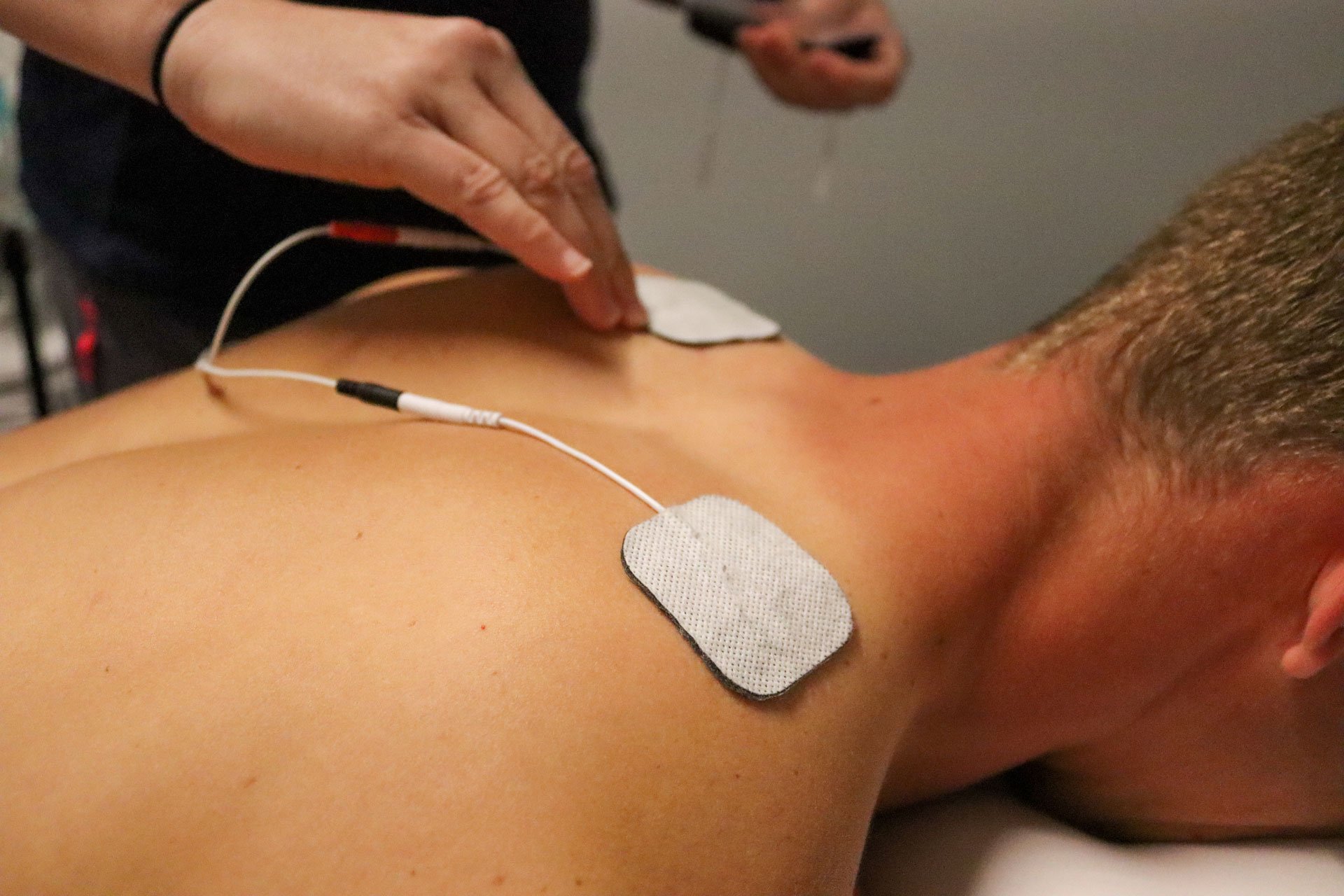Understanding Sciatica and Its Causes
Sciatica is a condition characterized by pain that radiates along the path of the sciatic nerve, which starts from the lower back and extends down the back of each leg. The most common cause of sciatica is a herniated disk in the lower spine, but it can also be caused by spinal stenosis, a bone spur on the spine, or a narrowing of the spine.
The pain associated with sciatica can vary in intensity and may be accompanied by other symptoms, such as numbness, tingling, or weakness in the affected leg. It is important to understand the underlying causes of sciatica in order to effectively manage and treat the condition.
Benefits of Stretching for Sciatica Relief
Stretching is a key component of sciatica relief as it helps to alleviate pain, improve flexibility, and increase blood flow to the affected area. Here are some of the benefits of stretching for sciatica relief:
- Relieves muscle tension: Stretching helps to relax the muscles surrounding the sciatic nerve, reducing pressure and alleviating pain.
- Improves flexibility: Regular stretching can help improve the flexibility of the muscles and joints, increasing range of motion and reducing the risk of future sciatica episodes.
- Enhances blood flow: Stretching promotes better blood circulation, delivering oxygen and nutrients to the affected area, which aids in the healing process.
- Reduces inflammation: Stretching can help reduce inflammation in the affected area, providing relief from pain and discomfort.
Key Sciatica Stretches to Try
Incorporating specific stretches into your daily routine can help provide relief from sciatica pain. Here are some key sciatica stretches to try:
- Piriformis stretch: This stretch targets the piriformis muscle, which can often contribute to sciatic nerve compression. Start by sitting on a chair with your feet flat on the floor. Cross your affected leg over your opposite knee, then gently push down on the knee of the crossed leg until you feel a stretch in your buttocks. Hold for 30 seconds and repeat on the other side.
- Hamstring stretch: Tight hamstrings can exacerbate sciatica pain. Lie on your back with your legs extended. Slowly lift one leg off the ground and use a towel or strap to gently pull the leg towards your chest until you feel a stretch in the back of your thigh. Hold for 30 seconds and repeat with the other leg.
- Child's pose: This yoga pose helps to stretch the lower back and relieve tension in the muscles surrounding the sciatic nerve. Start by kneeling on the floor with your knees hip-width apart. Sit back on your heels and lower your upper body forward, reaching your arms out in front of you. Rest your forehead on the ground and hold for 30 seconds.
Remember to perform these stretches gently and avoid any movements that cause pain or discomfort. If you experience severe or persistent pain, it is advisable to consult a healthcare professional.
Effective Ways to Add Stretching to Your Daily Schedule
In order to reap the benefits of stretching for sciatica relief, it is important to incorporate it into your daily routine. Here are some effective ways to add stretching to your daily schedule:
- Set aside dedicated time: Schedule a specific time each day for stretching exercises. This could be in the morning, before bed, or during a break at work. Consistency is key.
- Start with gentle stretches: If you are new to stretching, start with gentle exercises and gradually increase the intensity and duration over time. This will help prevent injury and allow your body to adapt to the stretches.
- Combine stretching with other activities: Incorporate stretching into your existing exercise routine. For example, you can stretch before and after a workout or incorporate stretching exercises into activities like yoga or pilates.
- Use reminders: Set reminders on your phone or computer to prompt you to take a stretching break throughout the day. This can help you stay consistent and make stretching a habit.
- Seek professional guidance: If you are unsure about the correct stretching techniques or have specific concerns, consider seeking guidance from a physiotherapist.
Additional Methods for Managing Sciatica Pain
While stretching can be effective in relieving sciatica pain, there are also other methods that can help manage the condition. Here are some additional methods for managing sciatica pain:
- Hot and cold therapy: Applying heat or cold to the affected area can help reduce inflammation and alleviate pain. You can use a heating pad, hot water bottle, or ice pack for this purpose. Alternate between heat and cold therapy for maximum benefit.
- Gentle exercise: Low-impact exercises like walking, swimming, or cycling can help improve circulation, strengthen the muscles supporting the spine, and alleviate sciatica pain. However, it is important to avoid activities that exacerbate the pain.
- Posture correction: Maintaining good posture can help relieve pressure on the sciatic nerve. Practice proper ergonomics at work, use supportive pillows and cushions, and avoid sitting or standing in one position for extended periods of time.
- Stress reduction techniques: Stress can exacerbate sciatica pain. Incorporate stress reduction techniques like deep breathing exercises, meditation, or yoga into your daily routine to promote overall well-being and reduce the impact of stress on your body.
For more of a personalized plan, schedule an appointment with a Renew Wellness Physiotherapist today!
Remember to consult a healthcare professional if you experience severe or persistent pain, or if your symptoms worsen despite self-care measures. They can provide a proper diagnosis and recommend appropriate treatment options.










%20(Facebook%20Post)%20(1280%20%C3%97%20720%20px)%20(5).png)
